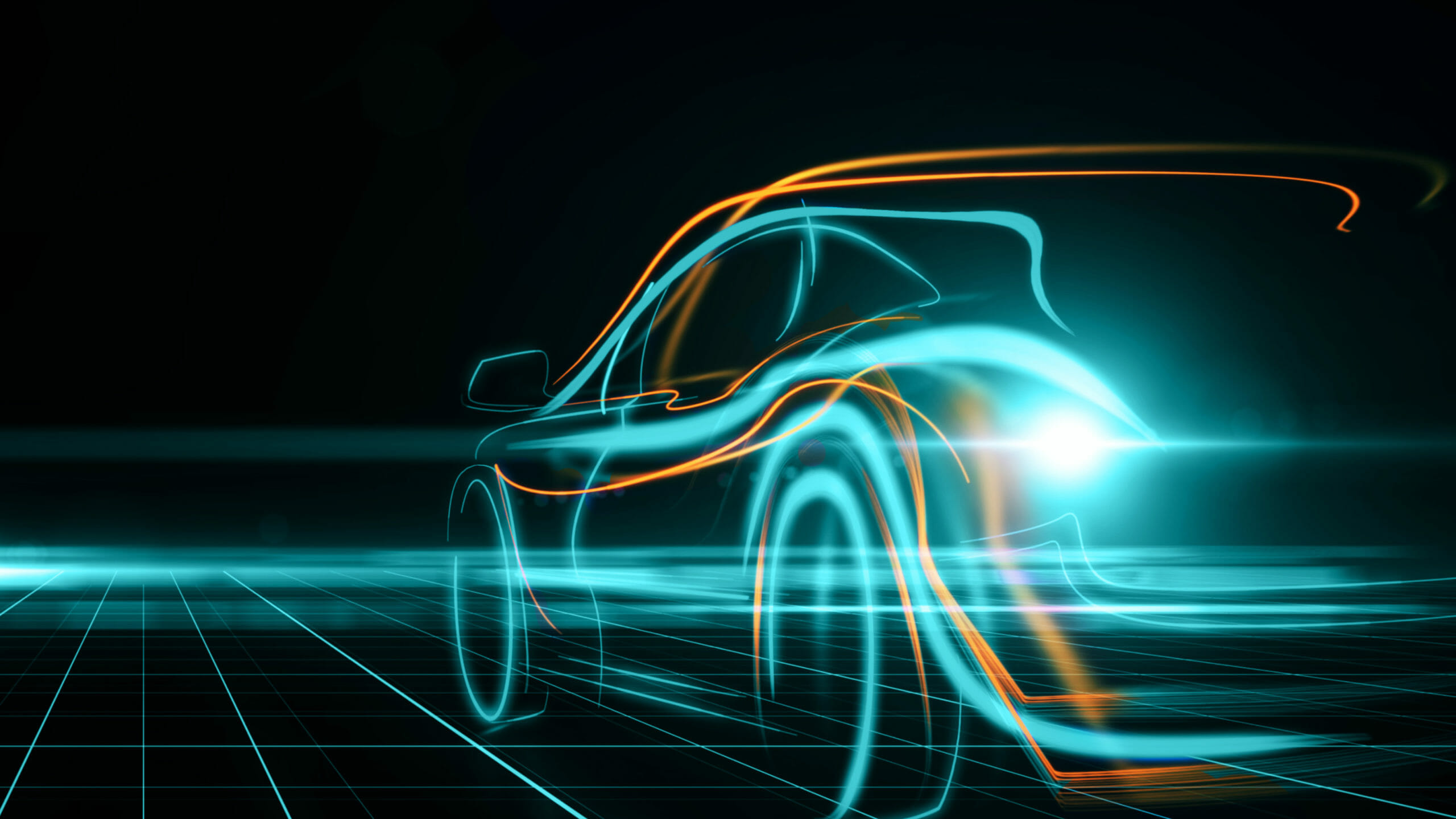The automotive industry was once considered slow to change and technologically behind the times. But it’s not your grandfather’s auto industry anymore. Every aspect is being impacted by technology, often by artificial intelligence and data analytics:
- Research and development
- The factory floor
- The supply chain
- Autonomous or assisted driving
- The customer buying experience
Too much is happening to cover in a single blog post, so I’ll focus on electric vehicles (EVs). The consulting firm McKinsey has been publishing lots of insights on EVs, which I leverage in this post. The shift from gas-powered automobiles to EVs is gaining speed. In fact, most automotive original equipment manufacturers (OEMs) expect to produce only EVs by 2040. Some expect to meet the goal even sooner, however, the problem is that right now EVs are at best barely profitable. In many cases, they lose money.
Efficiencies here will be critical to improving profitability and ROI, as well as time to market. And it’s not a surprise that most rely on technology. Let’s look at a few.
Software-first: The Car Business as Code Business
Like nearly every industry, automotive companies are software companies. McKinsey stresses the importance of software development to OEMs, suggesting automakers “position software as the driver of company-wide change. Organizational decision makers should consider the impact of software on the complete value chain (procurement, quality assurance, budgeting, sales, and after-sales) and adapt new development methods, such as agile development.”
This is a long way from our notions of cars rolling off assembly lines. Automakers will benefit from developing proprietary software and operating systems, moving to container-based development, CI/CD models, and high-performance analytics pipelines. Fast is always better, and efficiencies are critical when margins are tight. Simplifying the container storage environment and using a platform built for Kubernetes can help.
Learn how Pure Storage® can help automotive organizations across these use cases. >>
Changing the Car-Buying Experience
Many consumers hate the car-buying experience. I hate it so much that years ago I bought a Saturn (now sadly defunct) simply because they had a set price and didn’t “bargain” with you. What an idea! It was revolutionary, but it didn’t spread beyond Saturn dealerships.
Electric vehicles represent a turning point and a chance to radically transform vehicle sales. Indeed, there is pressure building to return to a Saturn-like model of pricing transparency, and EVs are leading the change:
Early indications of this are online sales models that prioritize transparency in pricing with consumers…As a greater number of traditional OEMs make commitments to increase production of EVs, the desire to improve online sales channels or even to sell exclusively online has intensified.
Imagine buying a car entirely online and without negotiating!
Transforming Maintenance and Support
Car maintenance experience may become like the software experience.
According to McKinsey:
Over-the-air (OTA) update capabilities could further affect dealers’ aftersales revenues by reducing service traffic to the dealership…New cars—and especially EVs—contain an increasing share of software and electronics components. This will enable carmakers to offer more OTA services, such as wireless updates to the navigation and entertainment systems and software upgrades, removing the need for new car owners to visit the dealership in person for those improvements.
That’s not just a car you’re driving—it’s a computer on wheels. Analytics will allow car makers to deliver predictive support. You may get a warning that a component is about to fail before you get stuck and the car needs to be towed.
At Pure, we’ve seen how helpful predictive support can be to customers. Our pioneering AI-driven predictive support for storage can actually prevent service interruptions before they occur.
Cars as a Service
Ride-sharing has delivered transportation as a service. But buying a car as a service? It could become the next thing.
By rolling together multiple aspects of EV ownership at a single monthly price, users can have a car experience that’s easy to get into and easy to financially plan for.
McKinsey states:
We see additional opportunities to offer an end-to-end EV leasing or financing solution that includes everything from financing the vehicle, home charger installation with utility partnerships, and seamless commercial charging access, all in one monthly payment.
OEMs can deliver further value via offers of battery as a service (to help with reuse and recycling) or tires as a service (to offer replacements as needed based on a monthly payment).
As a pioneer in storage as a service, Pure has proven that usage-based buying models are the perfect fit for many industries. Instead of purchasing storage, you buy a usage SLA and get billed on consumption. This provides enormous flexibility for industries that may have unpredictable business cycles. As-a-service buying has already spread widely in online services and software. Perhaps physical objects like cars or appliances are the next to make the shift.
Building It Right from the Start
A challenge for automakers moving to EVs is that the existing plant and production line is designed for gas-powered vehicles. Attempting to retrofit older systems for EVs may be a temporary fix, but it won’t result in a strategic advantage over more nimble competitors.
McKinsey states:
Those players who realize that they need to do more than simply continue manufacturing machine tools for ICE powertrains and who are willing to take strategic action now will be able to outperform their competitors and excel in their respective segments.
This is a perfect analogy for the storage industry. When demand for flash storage grew, legacy vendors were left flat-footed. They responded in the only way they could: They began to retrofit old architectures built for spinning disks and crammed flash drives into their arrays.
Pure Storage® arrays are custom designed to use flash, making them fundamentally different from legacy solutions. The automotive OEMs that follow suit will see the most success.
McKinsey notes that many OEMs recognize dedicated EV platforms are the way forward. It makes perfect sense. Retrofitting can get you by in the short term. But you’ll never be able to optimize building a new solution on an old platform. The differences are too fundamental. While the initial investment may be large, building a manufacturing process designed for EVs will save money in the long run and bring better products to market.
Algorithms Are Everywhere
As we’ve seen, changes are afoot everywhere in the automotive industry, with the shift to EVs leading the way. At the root of everything are algorithms—artificial intelligence, machine learning, and analytics. They will underlie all the upcoming new technologies: digital twins, in-car voice response systems, smart-charging stations, online purchasing, remote service and maintenance, and other innovations. The operational horsepower behind the algorithms is a combination of compute and storage, both of which must be optimized for performance. Legacy IT infrastructures won’t be sufficient.
Pure has joined with NVIDIA to create AIRI®, a full-stack AI-ready infrastructure solution that is ideal for algorithm-centric workloads. By combining best-in-class GPUs and high-speed file and object storage, AIRI is the perfect platform for moving the automotive industry forward at top speed.
Start Your Engines
Learn how data impacts decision making on the face track for Formula One racers and engineers!








